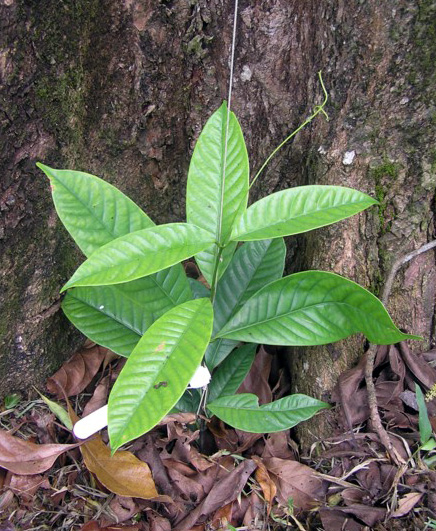Alstonia angustiloba
pulai
W. Malesia, common in open country. Up to 40m. Pagoda tree with terminalia
branching, buds concealed beneath bases of leaf stalks, often coated
with white or yellow resin. Flowers small, white and v. fragrant,
fruit a pair of long hanging pods, containing many small silky haired
seeds.

Alstonia macrophylla
pulai penipu bukit
Malesia. Selangor, Trengganu northward. To 30m, 2m girth. Crown dense, deep, not spreading or tiered. Leaves mostly in whorls of 4 (rarely 3), with distinct slender stalk.
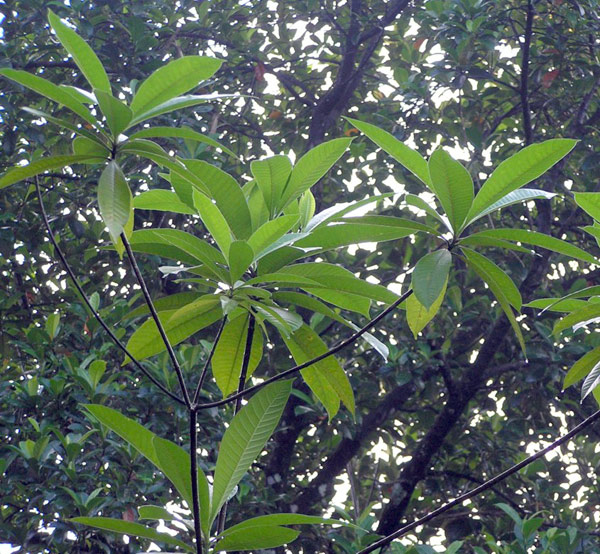
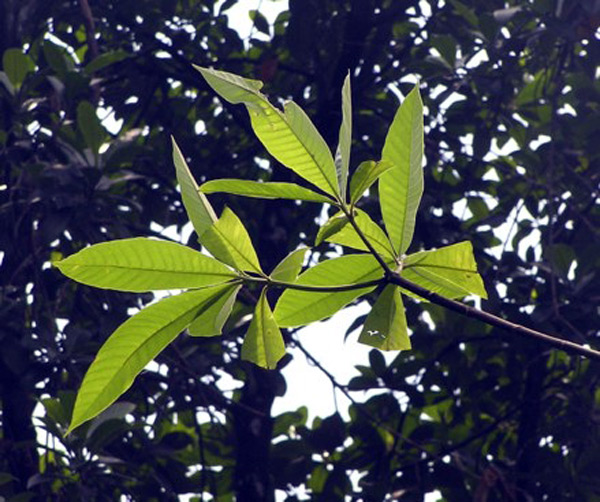
Alstonia spatulata
pulai basong
Throughout Malaya, except the north. Lowlands and seasonal swamp; common on deep peat in Pahang, and as small tree on old tin mines. Young trees have beautiful pagoda shape. Root wood, one of the world’s lightest (3 lb/cu. ft), used for ‘pith’ helmets. Tapped for latex for alkaloids in native medicines.
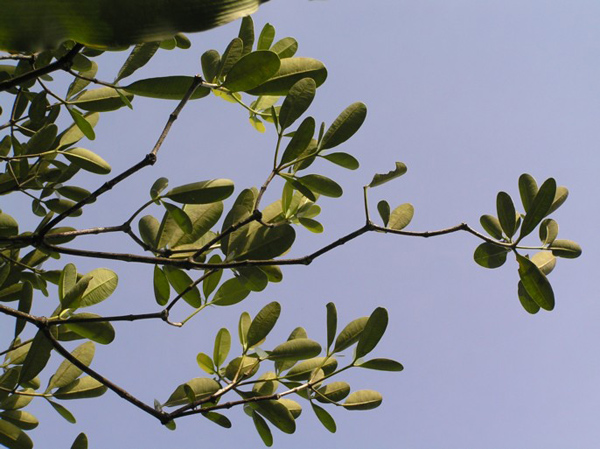
Dyera costulata
jelutong
Big to huge unbuttressed tree. Terminalia branching, leaves in whorls of 6-8, thin papery wing surrounds seeds. Crown up to 45m across, emergent tree, yearly deciduous for a few days. Only species in the family to yield commercial timber. Latex for chewing gum during Prohibition, wood for pencils & picture frames.

Kibatalia maingayi
jelutong pipit
Common just north of Kuala Lumpur where forest remains. Soft and light timber, easily staining blue. Bark contains medicinal alkaloids.
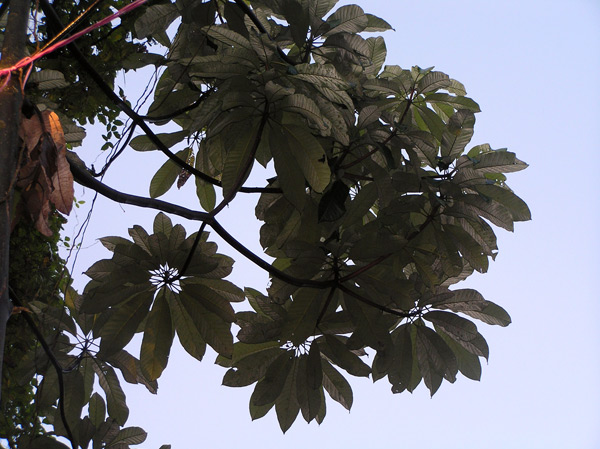
Plumeria rubra
bunga kemboja
Central America. Flowers sweet, cool, fragrant. Used to prevent heat stroke & to treat enteritis & dysentry. Helps indigestion and poor absorption of infantile nutrition.

Willughbeia sp.
Liana, seed dispersed by primates and birds.
